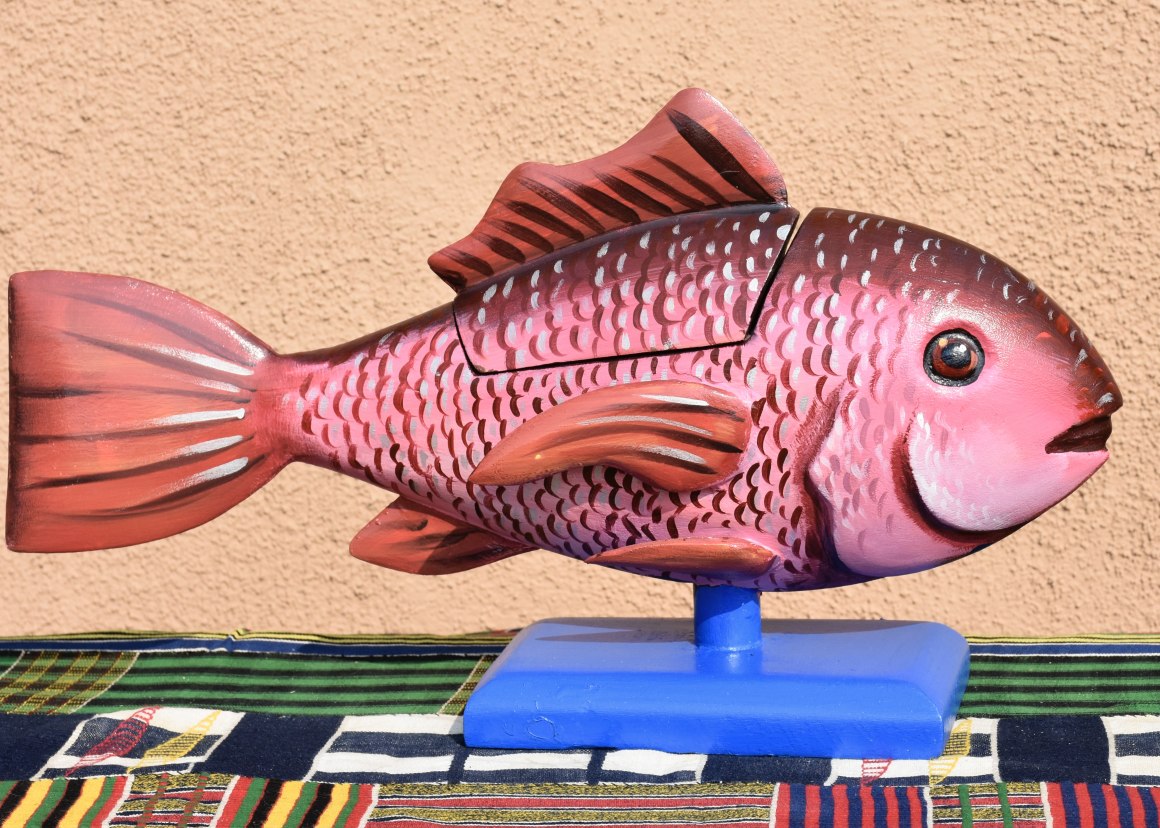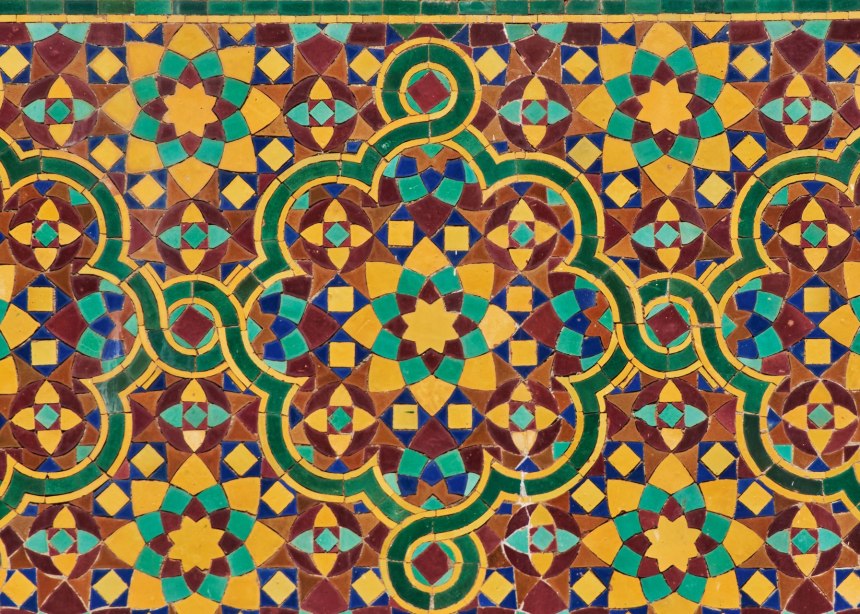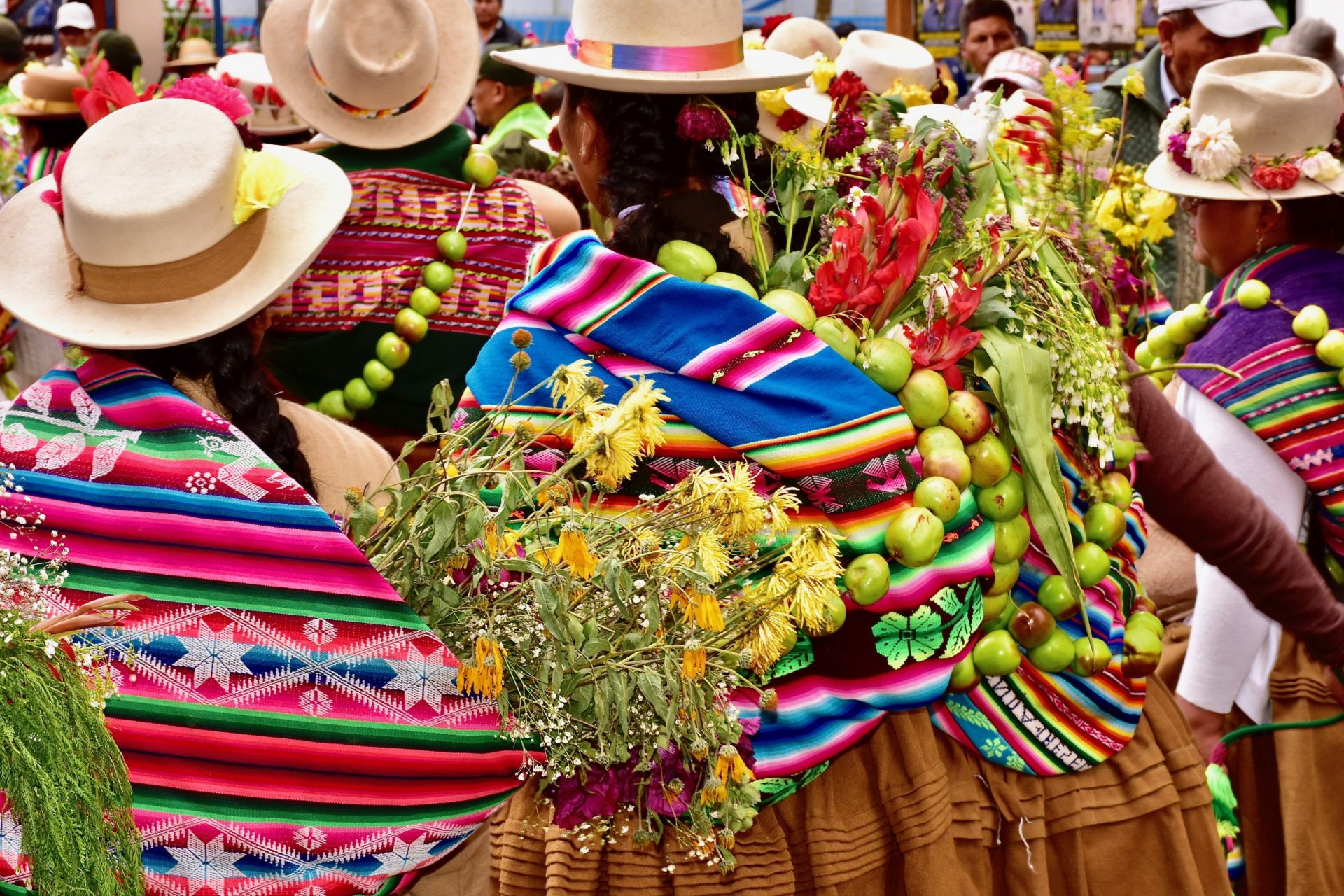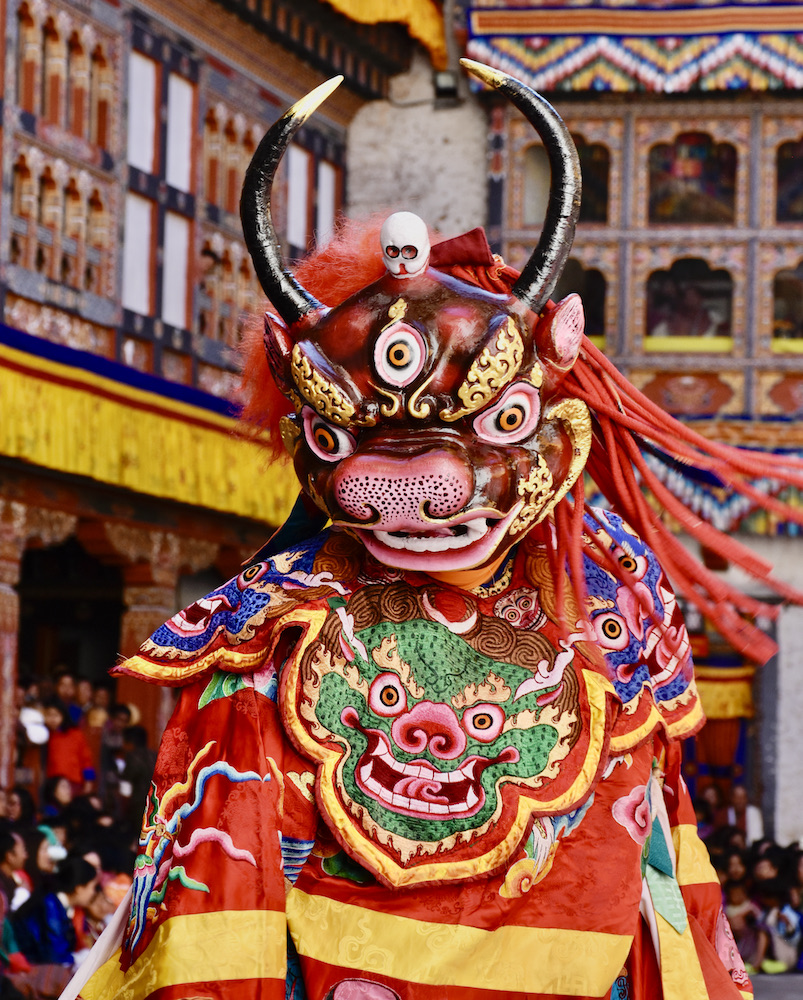According to the traditional beliefs of the Ga ethnic group in Ghana, one’s life carries on beyond death. The Kane Kwei workshop in Accra, Ghana, creates special handmade coffins that are believed to ensure a fulfilling afterlife.
These amazing art coffins are also a way for the family and the Ga community to honor the person who has passed on to the realm of the ancestors. The family of the deceased usually chooses the coffin representation. But coffin carving artists such as third-generation Eric Adjetey Anang, have creative input and ingenious suggestions for a coffin that will impress the family and the neighborhood folks, and which will also properly honor the deceased.
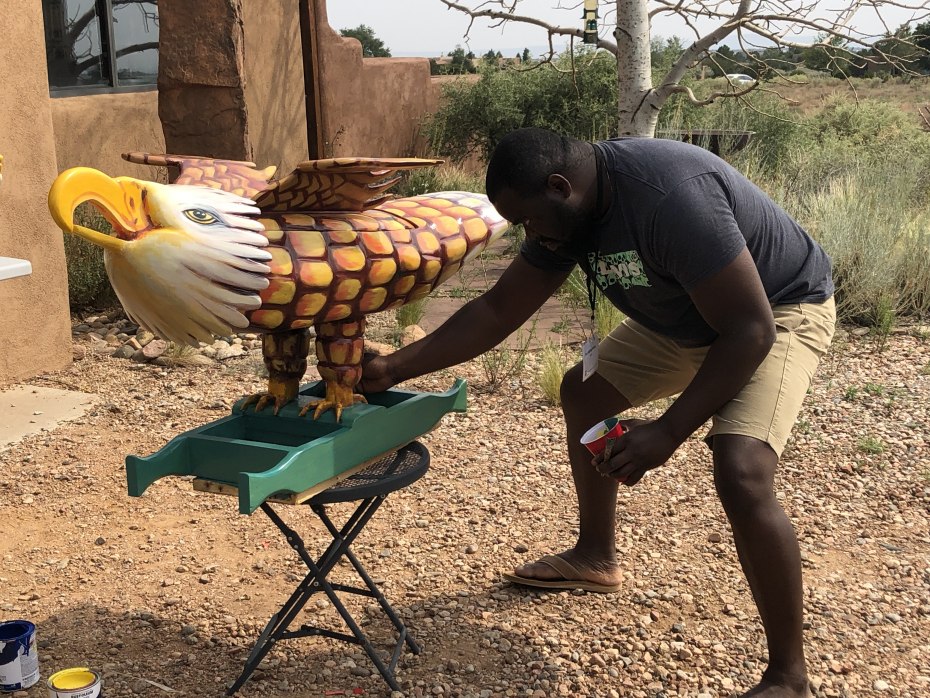
Coffin carvers such as Anang create ‘art coffins’ or proverb coffins, in a wide variety of forms, everything from lions and chickens to cell phones and Coke bottles. Some burial containers such as Mercedes-Benz cars or airplanes are carved to represent a symbol of material success, or of community status. Others refer to the profession of the deceased. For example, a hefty orange fish or a colorful boat might be ordered by a fisherman’s family for his burial. A long red chili pepper may be chosen by the family for a chili farmer. Because Ghana is one of the world’s largest cocoa producers, a yellow cocoa pod is popular to honor a cocoa farmer. Families often choose to order a big chicken for a beloved grandmother or mother. Then they specify how many little chicks need to be carved and positioned around her feet on the coffin stand.
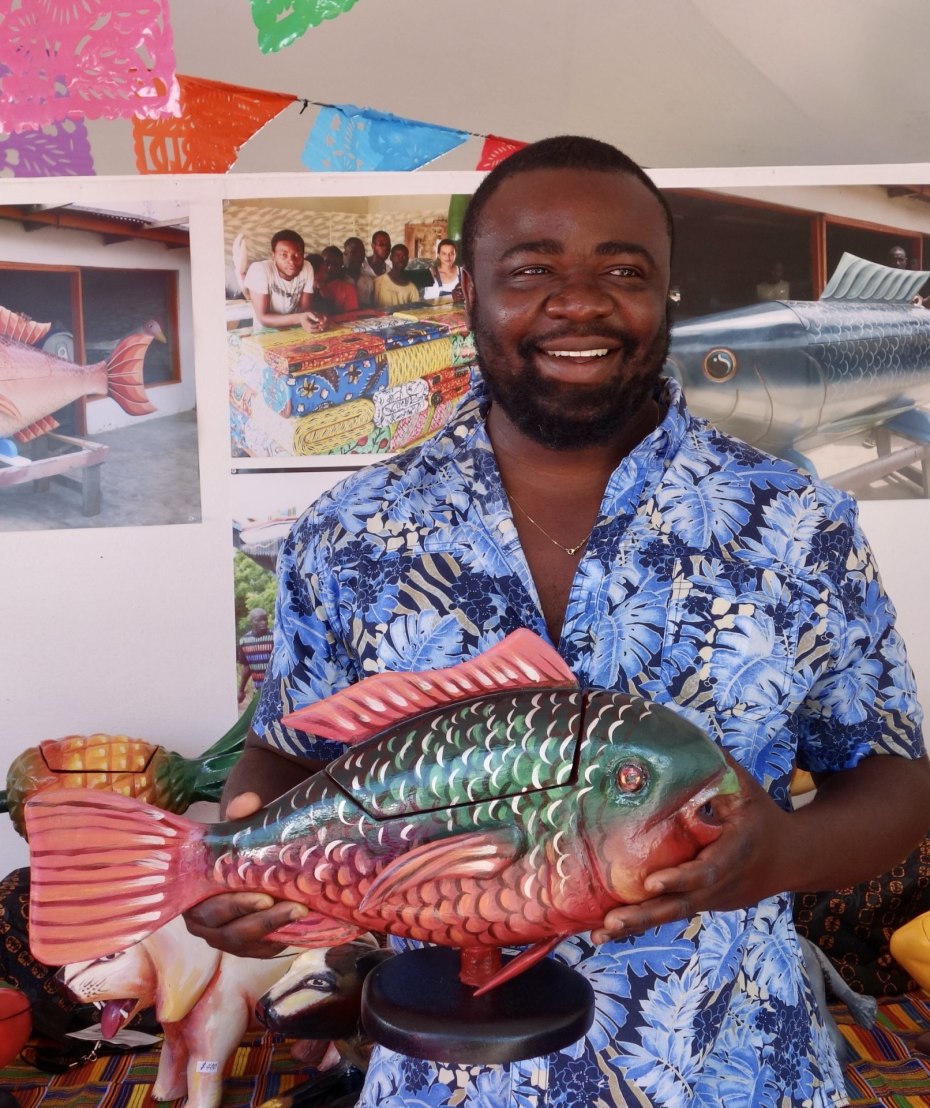
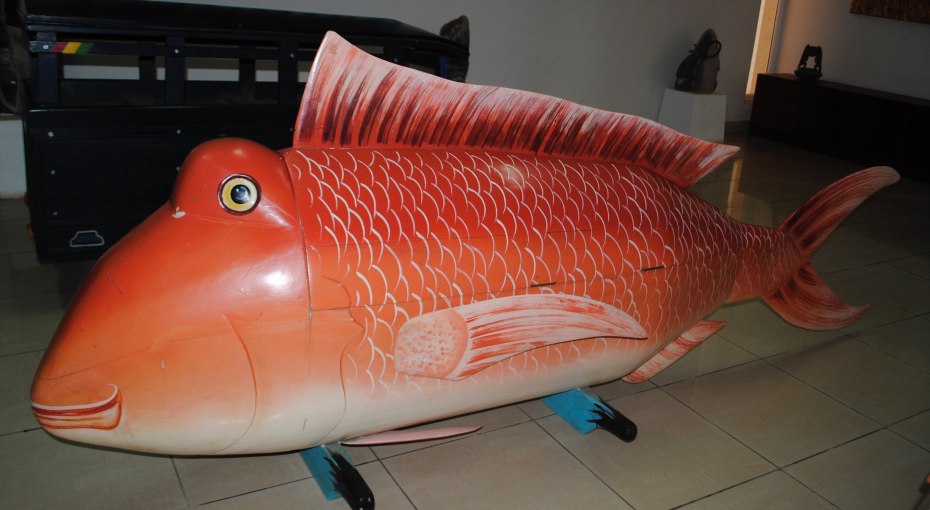
How the Wooden Coffins Are Made
The coffins that are meant for traditional burial (as opposed to art pieces) are constructed of a light hardwood from one of Africa’s leading export timbers, known to botanists as Triplochiton scleroxylon. To lumber dealers, the wood is called African whitewood, or wawa in Ghana. Though it occurs throughout a large range in West Africa, it is particularly common in Ghana as well as in Ivory Coast where it’s known as samba. It comes from a very large tree, often 100 feet tall, with a long straight trunk up to 4 feet in diameter.
Interestingly, the coffins are made from small rectangular pieces of wood, in short sections that are planed, glued together and nailed at an angle. This method serves several purposes: the short lengths of wood prove to be more economical and easier to transport. They also conform easily to the curved shapes of the coffins.

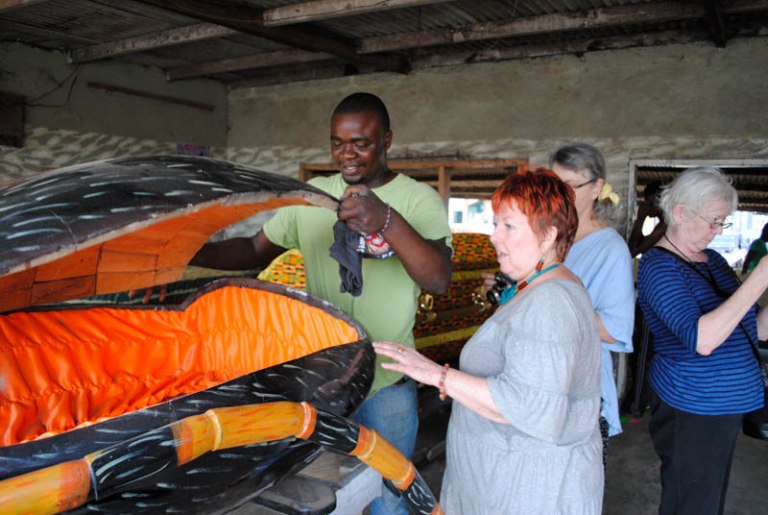
When the entire shape of the commissioned fish, or car, or bottle, has been constructed, the artist carves the distinguishing details, for example, the eyes and mouth/gills on the fish. He then layers it with a coating of putty.
Once the putty is completely dry, he smooths the whole surface by hand with wood planes, and refines the details. He sands the surface, then covers it with a coating of white gesso-like paint and it’s ready for the final coats of colorful paint and protective varnish. For the final touch, an apprentice lines the interior with a layer of foam and then covers the foam with satin fabric edged with ribbon, in coordinating colors.
And Yes, the Ga really do bury these labor-intensive, artistic creations in the ground at the funerals! However many museums around the world have ‘art coffins’ from Ghana in their collections, and some private collectors also own one or two.
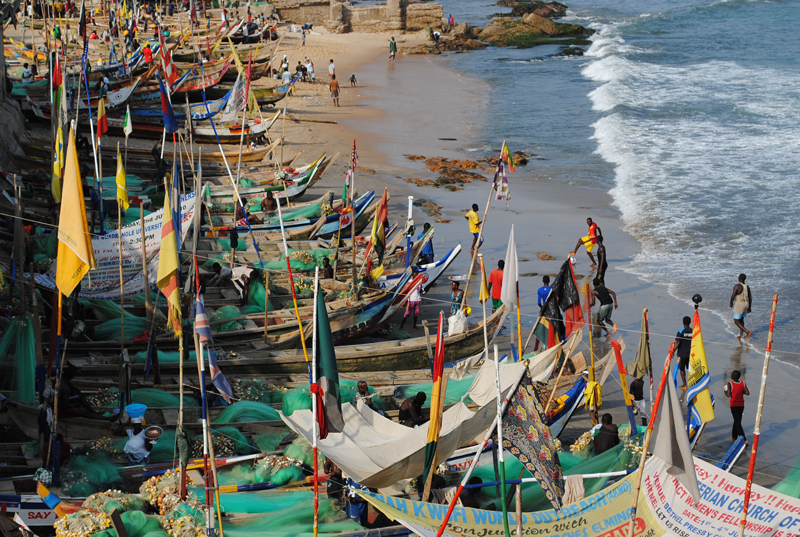
Visit the Coffin Carvers of Ghana!
Join us at the beginning of 2024 as we embark on a wonderful tour of Ghana. The group will observe and learn about the many artistic traditions such as kente weaving, ‘fantasy’ coffins, and adinkra printing. Enjoy our popular batik workshop where Behind the Scenes Adventures travelers will make their own beautiful fabric.
